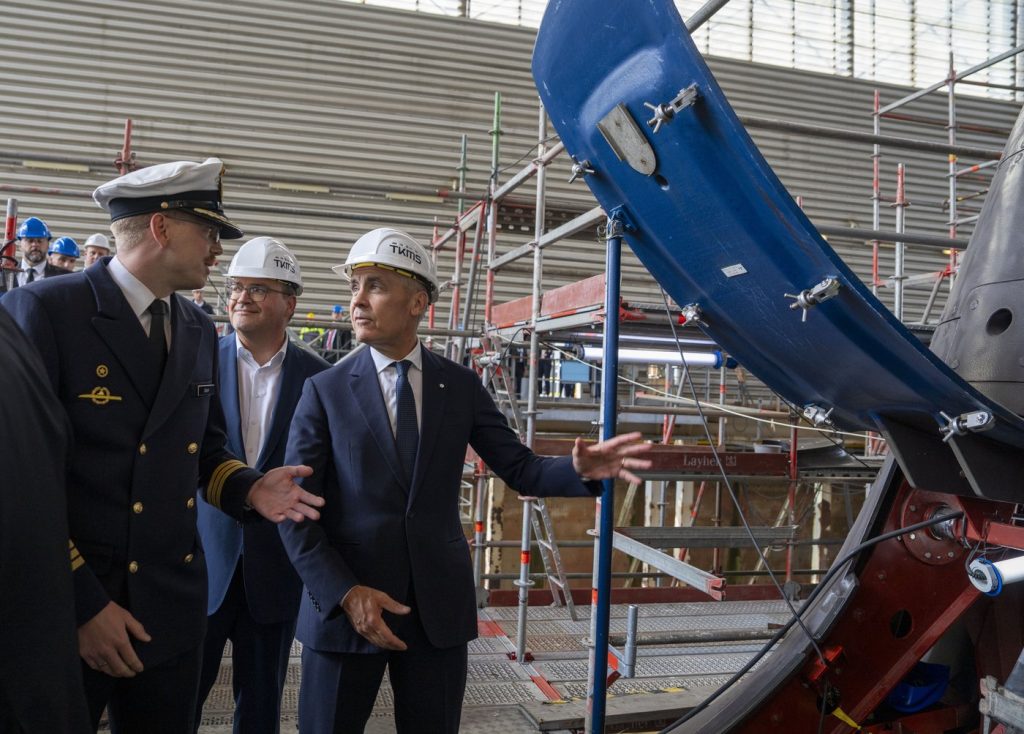OTTAWA – Vice-Admiral Angus Topshee recently commented on the ongoing procurement process for submarines by the Royal Canadian Navy, indicating that the possibility exists for Canada to acquire submarines from both contenders vying for the lucrative contract. The two finalists are South Korea's Hanwha and Germany's ThyssenKrupp Marine Systems, which were selected from an initial pool of five bidders. This narrowing down is part of Ottawa's strategic efforts to replace its four aging Victoria-class submarines, which are slated to retire by 2035.
Topshee highlighted the potential advantages of diversifying the fleet by partnering with multiple suppliers. He acknowledged that a mixed fleet could provide operational flexibility but also emphasized that a more straightforward solution would be to procure 12 submarines from a single supplier. This approach would ensure that all parts and weapon systems are uniform, simplifying maintenance and operational procedures for the navy.
Throughout his interview with The Canadian Press, Topshee refrained from showing a preference for either company, asserting that the ultimate decision resides with the federal government. However, some defense experts have raised concerns regarding the implications of splitting the contract between the two bidders. They argue that such a decision could introduce complications for the navy, potentially undermining the domestic industrial benefits that might arise from awarding the entire contract to a single entity.
Canada's urgency to modernize its naval fleet is underscored by the anticipated retirement timeline of the Victoria-class submarines. As these vessels age, the need for a reliable and capable submarine fleet becomes increasingly critical to ensure national security and maritime defense capabilities. The decision made by the Canadian government in the coming months will significantly impact Canada’s naval operations and its industrial partnerships.
As the procurement process unfolds, both Hanwha and ThyssenKrupp Marine Systems continue to prepare their proposals, aiming to prove their capabilities in meeting the Royal Canadian Navy's requirements. The outcome of this contracting process will not only define Canada's future undersea capabilities but will also shape the landscape of domestic shipbuilding and defense manufacturing.
In summary, Vice-Admiral Angus Topshee's remarks reflect the complexities and considerations surrounding the submarine procurement contract. The choice between diversifying suppliers or concentrating on a single source represents a critical juncture for the Royal Canadian Navy as it prepares to transition from its aging fleet to a more modern, capable submarine force.










